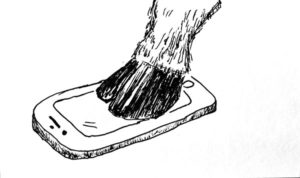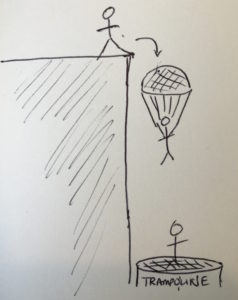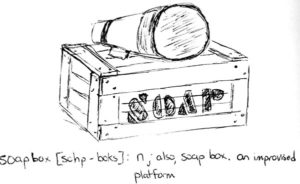- I get the Moleskin daily planner. Each day has it’s own full page.
- I’ve started to write down what time I get up (in an effort to get up earlier) and how much I weigh that morning (the scale doesn’t lie).
- After my quiet time, I write down the best verse that I’d like to remember (but often don’t) throughout the day.
- After winding down the day I fill out the rest of the journal, sketching a quick picture of the activity and a couple of words of who I was with or what happened.
- I probably put in too much detail but it’s my logbook. You can record whatever you want in yours.
- I strongly recommend Austin Kleon’s books, including Steal Like an Artist and Show Your Work. Also check out his blog where you can also see an early post on his logbook titled, On Keeping a Logbook.
- Don’t think you can draw? Bull $#!+. Check out Dan Roam and his books as a great place to start.







